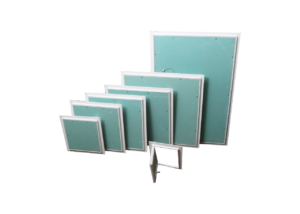What Is Involved In Root Canal Treatment?
2 min read
Root canal treatment, also known as endodontic therapy, is a dental procedure used to treat infection or damage within the tooth’s pulp, the innermost part of the tooth that contains nerves and blood vessels. This procedure can save a tooth that might otherwise need to be extracted. Understanding what is involved in root canal treatment Dubai can help alleviate any fears or misconceptions about the process.
Initial consultation and diagnosis:
The journey to a successful root canal begins with a thorough consultation and diagnosis. During this initial visit, your dentist or endodontist (root canal specialist) will examine your tooth, review your medical history, and take X-rays to assess the extent of the infection or damage. This diagnostic phase is necessary for determining whether a root canal is necessary and for planning the appropriate course of treatment.
Local anesthesia:
To ensure that you remain comfortable throughout the procedure, local anesthesia is administered to numb the affected tooth and surrounding area. This step is essential for preventing pain and discomfort during the root canal, allowing the specialist to work effectively without causing undue stress or pain to the patient.
Tooth isolation and access:
Once you are numb, the specialist will place a rubber dam around the tooth to keep it dry and free from saliva during the procedure. This isolation is important for maintaining a sterile environment. Next, a small opening is made in the crown of the tooth to access the pulp chamber and root canals where the infection or damage resides.
Cleaning and shaping the root canals:
The next step involves cleaning and shaping the root canals. Specialized instruments are used to remove the infected or damaged pulp tissue from the canals. The canals are then cleaned with antimicrobial solutions to eliminate bacteria and debris. After cleaning, the canals are shaped to facilitate the filling process, ensuring that all infected material is removed and that the space is properly prepared for sealing.
Filling and sealing:
Once the canals are cleaned and shaped, they are filled with a biocompatible material called gutta-percha. This material is used to seal the canals and prevent future infections. The access opening in the tooth is then sealed with a temporary or permanent filling, depending on the extent of the treatment and the plan for future restoration.



